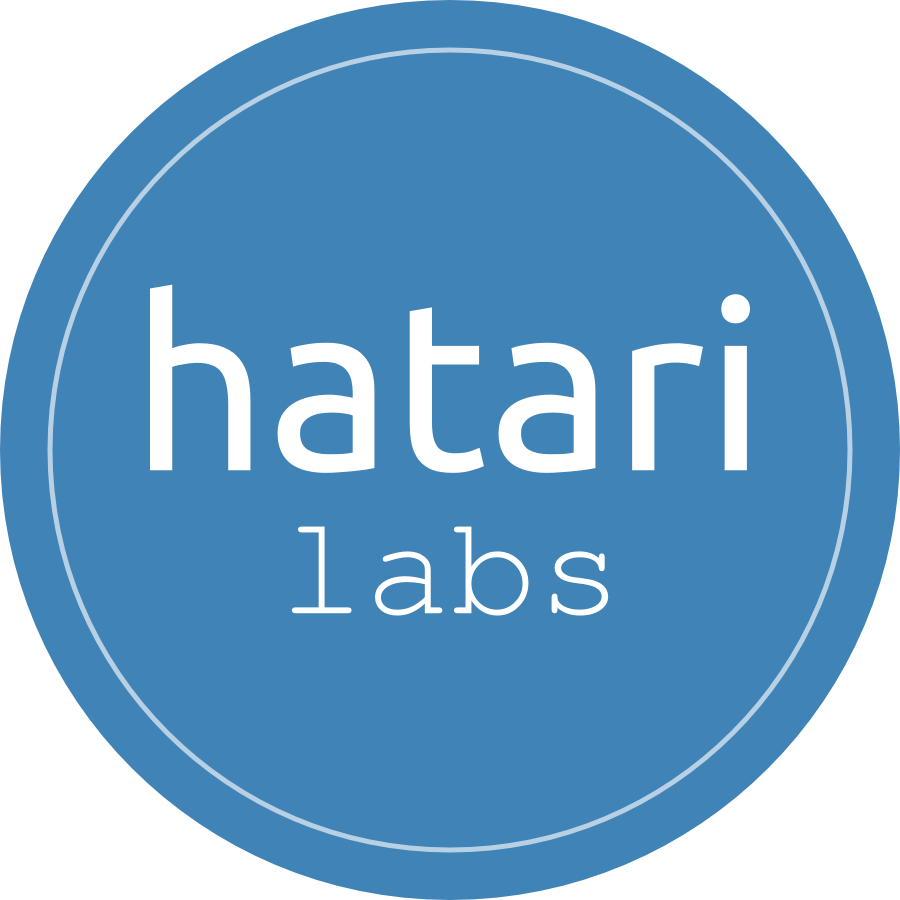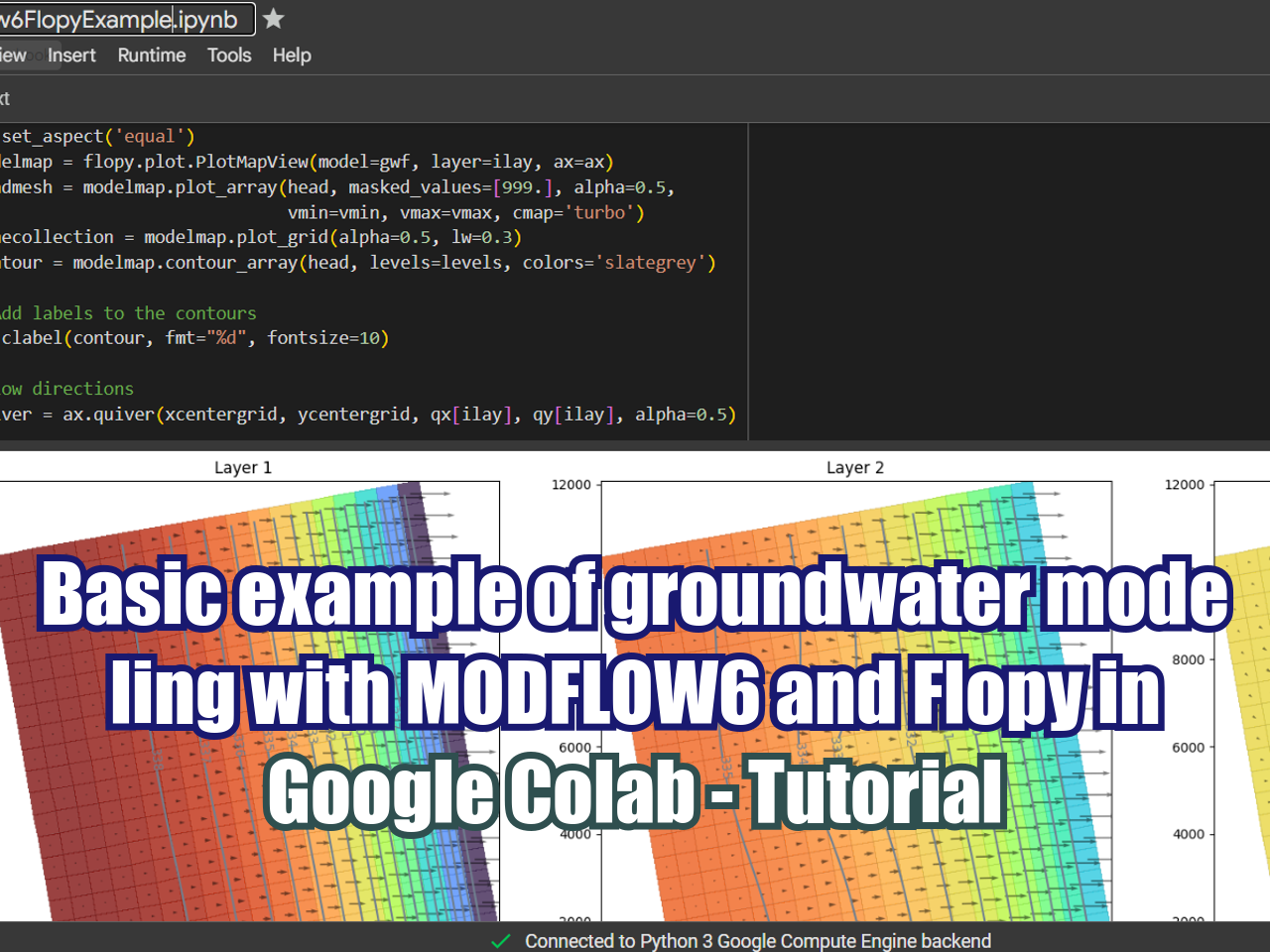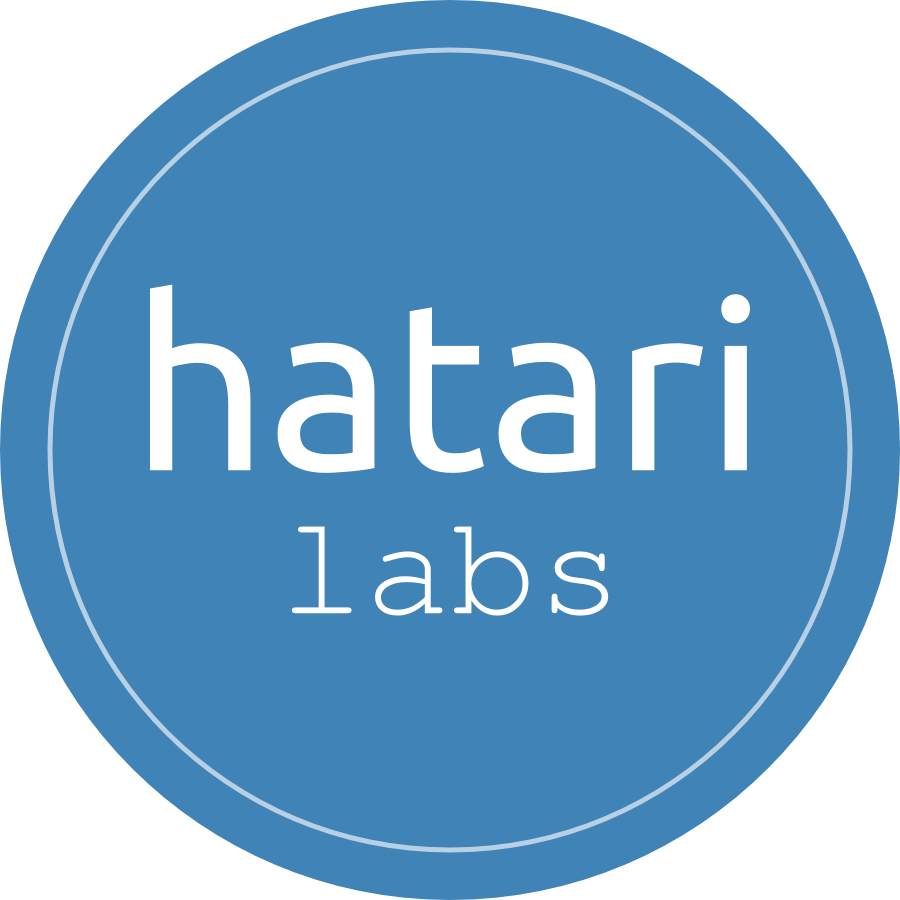Export 3d Geological Units as Vtk format with Gempy and Aquifer App - Tutorial
/Aquifer App offers a friendly, clean and powerful way to create Gempy scripts for geological modeling. The platform also allows users to run the scripts and download the whole modeling project that has the 3D geometry of the geological units and faults in Vtk format. This tutorial shows an applied case of geological data visualization, model creation, model run, export and representation of the Vtk files in Paraview.
Read More























